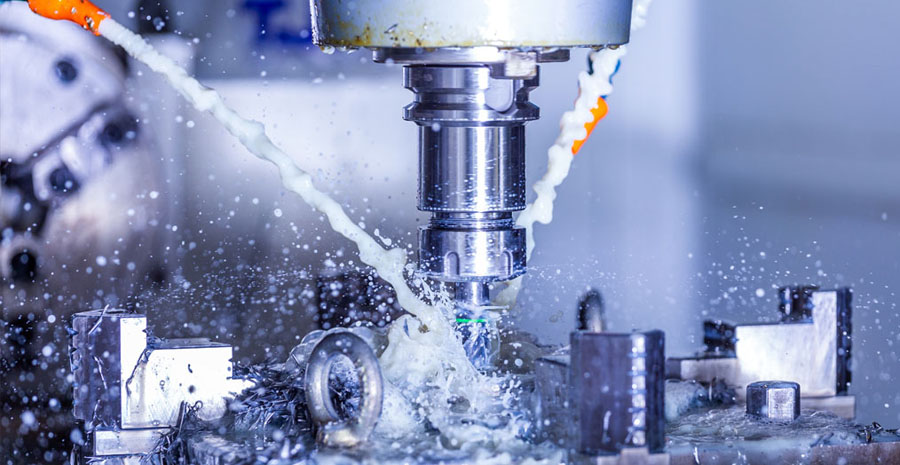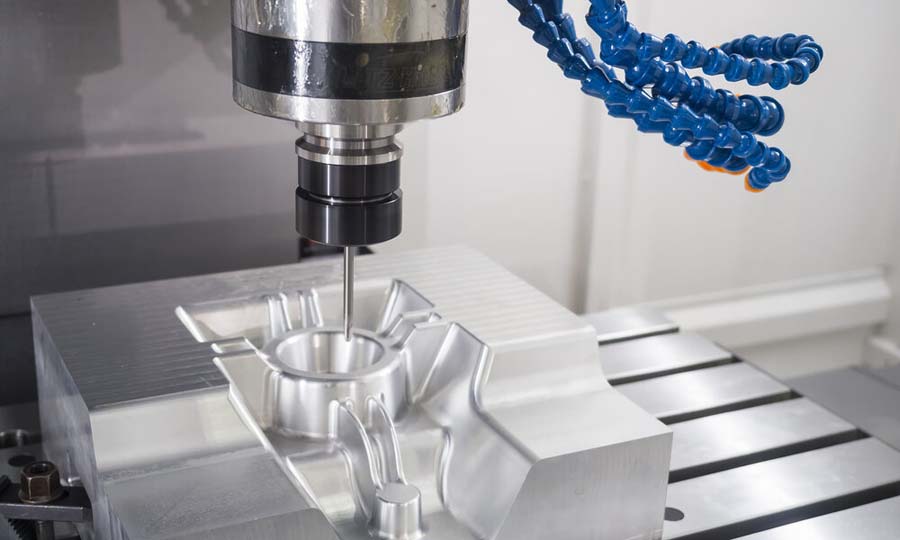Balancing cost and quality is a continuous production struggle. It is difficult to know where to cut costs without sacrificing the quality of your project. When working with metal parts, there are several ways to meet your budget while still producing high-quality parts. There are several things that affect the cost of CNC machined parts, including materials, design, tolerances, surface treatment and turnaround time.
Here are 6 tips to help you optimize your design and make more cost-effective choices, thereby saving the cost of CNC machining metal parts projects.

Choose The Right Metal Material
This is one of the first and best cost-cutting strategies for metal processing parts. Although quality is important and the materials you use are a key factor in quality construction, it is important to balance quality and cost. In many cases, you can still get the functions you need from metal machined parts while reducing costs.
In order to find suitable materials for work, it is important to solve the function and practicality of the parts. In this way, your parts will still perform as expected without incurring additional costs due to unnecessary toughness or complex materials.
Please consider the following to guide you in making decisions about materials:
External Force:
In the regular and regular use of the component, what type of force will it be subjected to? This includes regular wear and tear, weight and pressure, pushing or pulling, etc. If components must withstand gravity during normal use, tough steel is important, but lighter, more affordable alloys can be used to make components that are not used intensively.
Temperature:
Temperature considerations are particularly important for metal processing parts. Temperature fluctuations will cause some metals to expand, shrink or warp significantly, while other metals will maintain their shape more consistent. Consider any aspects that may cause temperature fluctuations, such as friction, outdoor use, coolant or heating elements, etc.
Corrosion:
All metals corrode in some form, although some metals are more resistant to corrosion than others. If metal processing parts are subject to moisture, including flushing water, steam, high humidity and other aspects, the metal must be corrosion resistant. If the components are mostly enclosed indoors and used indoors with slower corrosion, the corrosion resistance may not bring much value to the components.
Plan The Project Time Carefully
Pre-planning is another important cost-cutting strategy for metal processing parts. Considering reliable timetables and production plans, parts shipped within a few weeks are more affordable than parts shipped within two to three days. Scheduled orders can help your manufacturing partners more easily plan production and help to reduce costs.

Carefully Evaluate The Surface Treatment
Surface treatments and other treatments (such as heat treatment, special coatings and anodizing) will increase project costs and should therefore be carefully evaluated. Multiple finishing processes or different surface finishing types on a part also increase the processing steps and therefore increase the cost.
Avoid Complex Part Design
Simplifying design is one of the most effective cost-cutting strategies for metal processing parts. Small cuts, cuts or holes that are too thin or too deep will cause unnecessary complexity and expense. Complex, highly detailed parts require multiple processes and may also require multiple machines, thereby increasing programming, fixing, and set-up costs. If some complex parts (such as parts that need to be operated on multiple faces) are designed as separate parts that are connected together after processing, the production cost may be lower.
Limit Use Tight Tolerances
Not every surface of the design requires strict tolerances, and too many unnecessary surfaces will increase the overall cost of the part. Generally, digital labeling is only required on surfaces and parts that are connected to other parts that are absolutely important to the function of the part. Less important features can be machined with standard tolerances of +/- 0.1mm, and strict tolerances are specified only when necessary.
In CNC machining, this level of accuracy is converted into which tool will be used for machining. The more decimal places you include, the more complex the tool and the higher the cost. Make sure to eliminate all unnecessary decimal points from the design.
Find The Right Outsourcing Cooperation
Manufacturing parts in-house may waste too much of your time, energy and resources. Machine ownership costs are high, especially when considering maintenance and repair costs. When you work with the right company, outsourcing your precision machining means that you will benefit from the latest technology and know that your part machining is done by dedicated experts.
When looking for outsourcing machining, you need to understand the different positioning of different companies. Some companies are good at making small batches machined parts wiht various types, while others have advantages in mass production, which really pay less attention to small batch orders. Therefore, you must find a truly suitable machining supplier according to your own needs.


